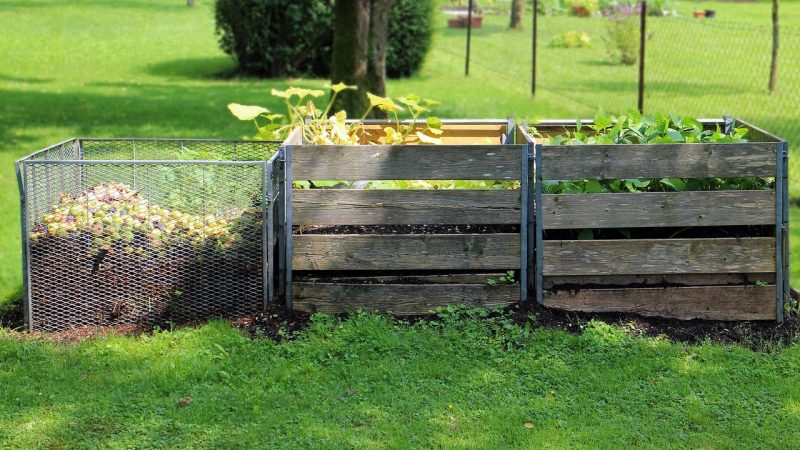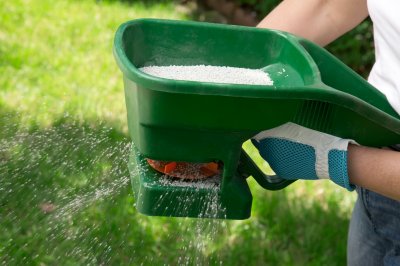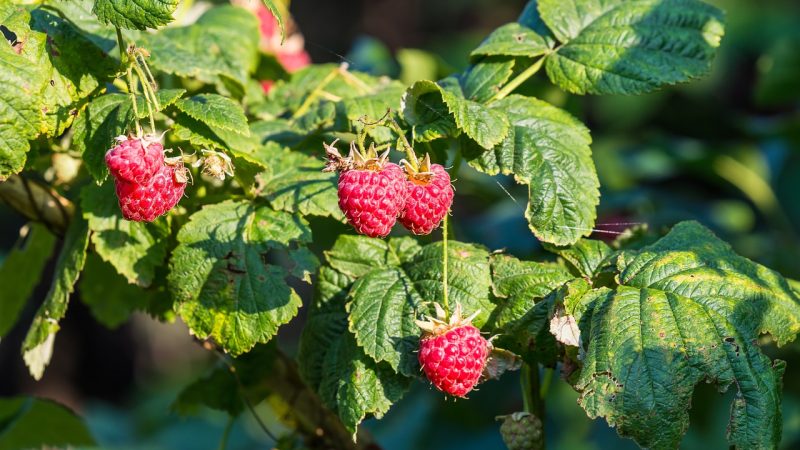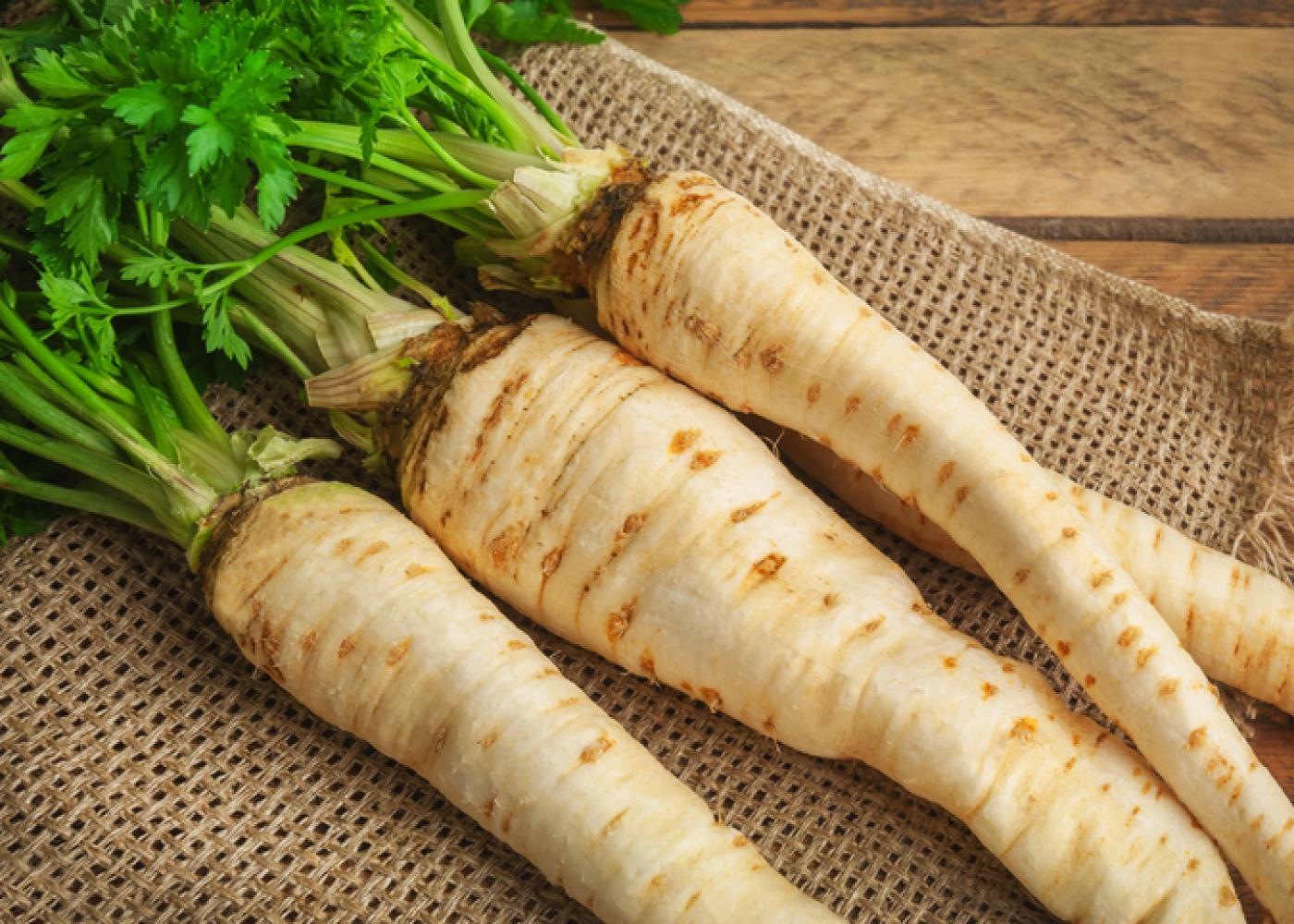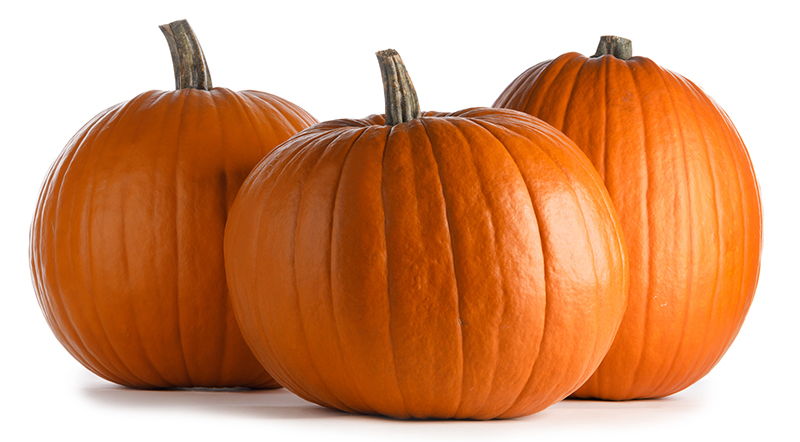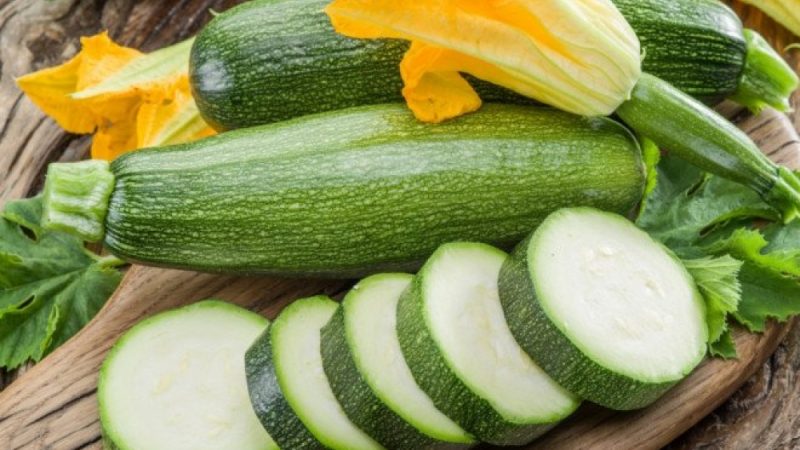Parsnip is a root vegetable that is closely related to carrots and parsley. Here are some general information about parsnips:
- Flavor and nutritional value: Parsnips have a slightly sweet and nutty flavor and are a good source of fiber, vitamin C, and potassium. They are also low in calories and fat.
- Planting season: Parsnips are usually planted in early spring or late summer to early fall, depending on the climate.
- Soil requirements: Parsnips grow best in loose, well-drained soil that is rich in organic matter. They prefer a soil pH of 6.0-7.0.
- Planting and care: Parsnips are usually grown from seeds. Sow the seeds directly into the garden in early spring or late summer, and cover them with about 1/2 inch of soil. Keep the soil moist, but not waterlogged, throughout the growing season. Parsnips require regular fertilization and weed control.
- Harvesting: Parsnips are ready to harvest when they are about 1-2 inches in diameter and have a deep, rich color. Use a garden fork or shovel to gently lift the parsnips from the ground, taking care not to damage the roots.
- Culinary uses: Parsnips can be roasted, boiled, mashed, or pureed. They are often used as a substitute for potatoes in recipes such as soups, stews, and casseroles.
Overall, parsnips are a flavorful and nutritious root vegetable that can be a great addition to your diet. With proper care, they can be relatively easy to grow and provide a bountiful harvest.


